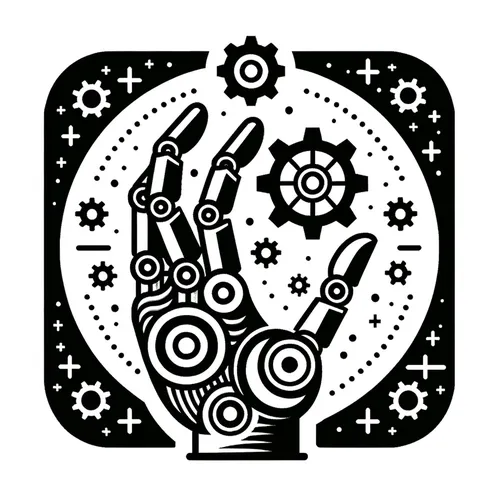Robo-Revolution: AI's Billion-Dollar Boost Fuels Automation Surge
- Author
- Quiet. Please
- Published
- Sat 28 Jun 2025
- Episode Link
- https://www.spreaker.com/episode/robo-revolution-ai-s-billion-dollar-boost-fuels-automation-surge--66783885
This is you Robotics Industry Insider: AI & Automation News podcast.
Robotics and automation are entering July 2025 on the heels of record-breaking momentum. Over four million industrial robots are now active worldwide, with installations valued at more than sixteen and a half billion dollars in 2024. This surge is fueled by ongoing breakthroughs in artificial intelligence and rapid adoption across manufacturing, healthcare, logistics, and agriculture. Labor shortages and supply chain resilience continue to drive demand, with analysts forecasting the industrial automation market to soar from nearly 170 billion dollars this year to over 440 billion dollars by 2035, at a compound annual growth rate exceeding nine percent.
Recent news spotlights the pace of these advances. DHL’s announcement of a thousand-unit order for Boston Dynamics’ Stretch robot demonstrates real-world scaling: these robots now unload up to 700 cases per hour in warehouses without human input. Over 7,500 robots support DHL’s global operations, and over ninety percent of its warehouses now deploy automation or digitalization technologies. These investments, totaling more than a billion dollars in the past three years, exemplify how leading firms are leveraging robotics to boost efficiency and resilience. Meanwhile, Comau has launched its MyCo family of collaborative robots, designed for fast installation and easy programming. These lightweight cobots support payloads from three to fifteen kilograms, easing the integration process and enabling manufacturers to rapidly adapt production lines.
Technical innovation is not just about hardware. Universal Robots introduced UR Studio, an online simulation platform letting engineers test robot movements, simulate workflows, and calculate cycle times virtually—optimizing robot cell configuration before deployment. This kind of software-driven planning is critical for maximizing return on investment and reducing integration friction. Market research also highlights the need for AI integration: while manufacturers are eager to adopt more robots, many are only beginning to understand the full value of advanced artificial intelligence systems in optimizing automation.
Industry partnerships remain pivotal, as seen in collaborations like Vay and Kodiak integrating remote human assistance with autonomous vehicle stacks, reflecting a trend toward hybrid AI-guided autonomy. The continued push toward collaborative, intelligent systems is reshaping job roles, with dozens of robotics companies actively hiring and retraining talent for next-generation automation.
For executives and operators, the takeaways are clear: invest in workforce upskilling, evaluate digital twin and simulation tools before scaling robotics deployments, and monitor collaborations between hardware leaders and AI innovators. Looking ahead, expect robotics’ reach to expand into more industries and processes, fueled by smarter, easier-to-integrate, and increasingly autonomous systems. The competitive edge will belong to those who combine technical sophistication with agile business strategies as the boundary between human and machine collaboration grows ever more seamless.
For more http://www.quietplease.ai
Get the best deals https://amzn.to/3ODvOta
